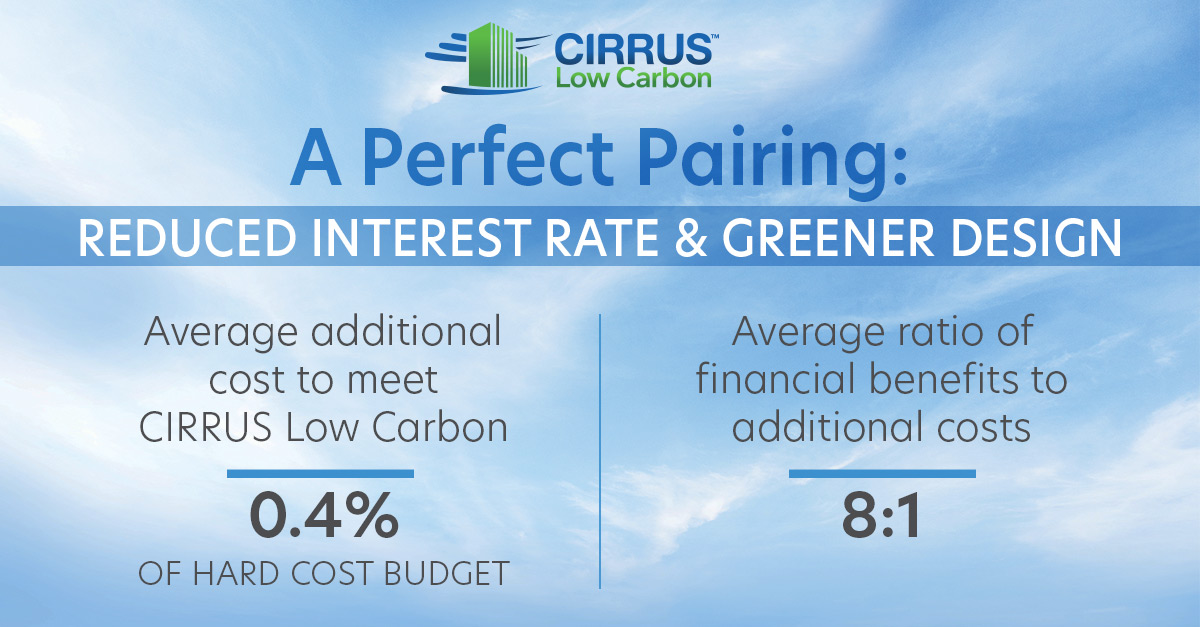THE SITUATION
State and local building codes are moving toward higher and higher efficiency requirements, fueled by the goal of reducing U.S. carbon emissions. A key remaining challenge to advancing more quickly is the often higher construction costs associated with more efficient equipment and materials. Smart developers know that energy-efficient systems and green building designs save money, attract top tenants, and provide positive outcomes for the environmental effort connected with ESG goals. For some firms, greener buildings are a business priority, as tenants, employees, and local municipalities demand better buildings.
Commercial buildings account for a considerably higher proportion of carbon emissions than other building sectors. Emissions attributable to building construction and operation have been increasing as energy consumption has crept upward. Significant energy usage can be traced back to heating and cooling systems manufactured decades ago with different building standards. Hence, retrofits and renovations are in high demand to optimize energy and lower emissions.
THE CREATIVE FINANCING SOLUTION
Opportunities to build green and upgrade buildings with renovations are expanding rapidly. Commercial property-assessed clean energy (C-PACE) is a financing solution for property owners and developers that is growing rapidly – with an expected 40% Compound Annual Growth Rate (CAGR) over the next several years according to Morgan Stanley. C-PACE allows for capital funding based on building improvements and uses property tax assessments secured by the property as a means of paying back the capital. Currently, 37 states have passed PACE legislation.
PACE Equity offers a program that charts a practical and actionable course to a low-carbon future by offering lower rates for incrementally better buildings. Our program, CIRRUS Low Carbon, offers a substantially reduced financing rate when the proprietary low carbon design specification is met. We even outline the business case to demonstrate how any incremental construction costs are significantly offset by the financial benefits of the program (currently by an average of 8:1).
MEANINGFUL RESULTS
By encouraging projects that reduce energy consumption, ongoing operational costs and resulting NOI are improved. The environmental impact is also meaningful. CIRRUS Low Carbon delivered a carbon reduction of 37,233 metric tons in its first year.
When a project, either new construction or renovation, adopts the CIRRUS Low Carbon design specification and achieves rate reductions by meeting building efficiency requirements, the owners come out ahead. They benefit from the building’s reduced energy consumption, lower utility bills, increased property value, better occupancy rates, plus the benefits of any utility rebates and available tax incentives. The property gets verified by the third-party sustainability think tank, New Buildings Institute, and the property owner gets a collection of tools to promote their new status as a low-carbon leader.
As communities require that commercial buildings are built to higher standards, owners have the opportunity to leverage a financial solution today for a greener future. When the math works out, rate reductions and building greener is a big win.





